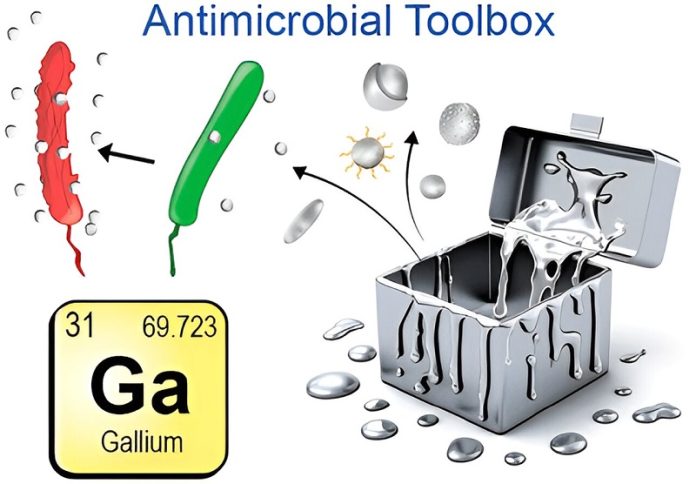
In the popular Terminator movies, the bad guys were often made of a shapeshifting liquid metal.
Now, in real life, scientists have discovered a way to use a special kind of liquid metal in the fight against superbugs, which are bacteria that have become resistant to antibiotics.
A group of scientists from the United States and Australia, led by Dr. Vi Khanh Truong from Flinders University, have developed a metallic coating that can make things like bandages, medical devices, and even drug particles resistant to bacteria.
The liquid metal they’re using is called ‘GaLM,’ which is short for gallium in its liquid state.
The scientists say that GaLM is a great choice to fight against bacteria because it can easily be mixed with other substances to create new kinds of antimicrobial metals, meaning metals that can kill or slow down the growth of bacteria.
What’s more, gallium seems to be safe for human cells at the levels needed to fight bacteria. So, in the future, it could be taken orally or injected into the body to help fight off infections.
One of the most exciting things about this liquid metal is that it can be activated by things like light, magnetic fields, and heat.
The scientists think this could lead to new solutions that are better than the current antimicrobial metals and could help us create the next generation of metal-based agents that can kill bacteria and reduce inflammation.
The race is on to find new ways to fight superbugs, as they continue to become more resistant to the drugs we currently have.
Using metals to kill bacteria is one of the strategies being explored, with researchers all over the world also looking at things like virus therapy, immunotherapy, CRISPR-Cas technology, and combining different antibiotics.
Antibiotics are becoming less effective as bacteria evolve to resist them. Even worse, pharmaceutical companies are hesitant to develop new antibiotics, as bacteria are likely to develop resistance to them too.
Dr. Truong says that by mixing gallium with other elements, they can create different types of GaLMs that have different features.
The liquid state of GaLM allows it to change shape in response to external stimuli and can even change shape inside cells. This could make it more effective at releasing drugs into the body.
Compared to solid metals, GaLMs seem to be safe for human tissue while still being able to kill bacteria effectively. And it’s not just bacteria they can kill – GaLMs could also help fight other microbes like cyanobacteria.
In addition to its ability to kill bacteria, GaLMs also have anti-inflammatory properties. This research is a promising step forward in the fight against superbugs and could provide a new weapon in our healthcare toolbox.
Follow us on Twitter for more articles about this topic.
Source: Flinders University.



